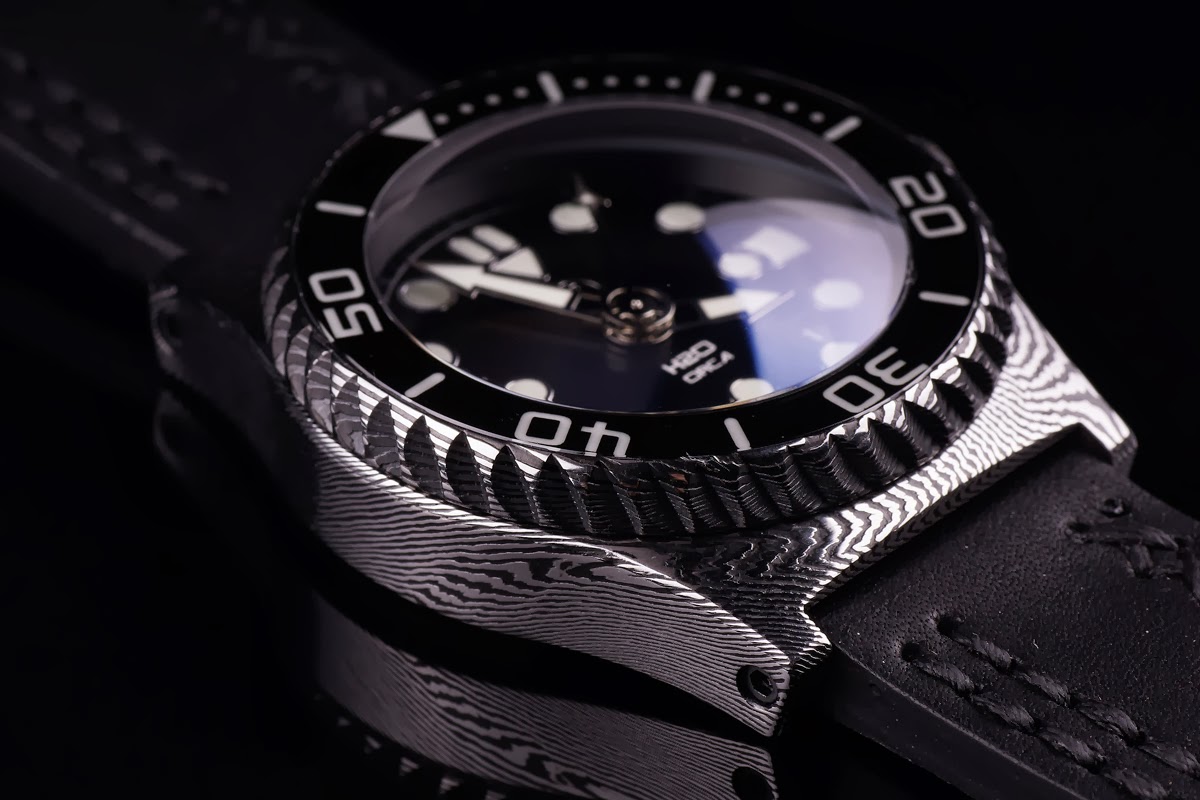Hey guys,
After taking a photo of my GMT II beside my Japanese folded Damascus steel cooking knife it really got me thinking; why have none of the major brands tried to implement this into their designs? at least none of them have to my knowledge. I'm sure that while it probably wouldn't be easy, it can be done. It would give the watch a really interesting look, it would be similar to forged carbon in the sense that each case would be unique. For instance, even if just the midlinks on the GMT below were done in folded Damascus steel could you see yourself buying it?

Sometimes Japanese blades feature a hammered effect as well as the wave patterns you get from the folded steel. The hammering creates these three dimensional looking grooves in the steel which have the appearance of being quite deep but feel shallow as you run your finger over the blade. It could really add some complexity to a watch especially a more masculine watch such as a PAM or AP. Below are a few examples



After taking a photo of my GMT II beside my Japanese folded Damascus steel cooking knife it really got me thinking; why have none of the major brands tried to implement this into their designs? at least none of them have to my knowledge. I'm sure that while it probably wouldn't be easy, it can be done. It would give the watch a really interesting look, it would be similar to forged carbon in the sense that each case would be unique. For instance, even if just the midlinks on the GMT below were done in folded Damascus steel could you see yourself buying it?

Sometimes Japanese blades feature a hammered effect as well as the wave patterns you get from the folded steel. The hammering creates these three dimensional looking grooves in the steel which have the appearance of being quite deep but feel shallow as you run your finger over the blade. It could really add some complexity to a watch especially a more masculine watch such as a PAM or AP. Below are a few examples









